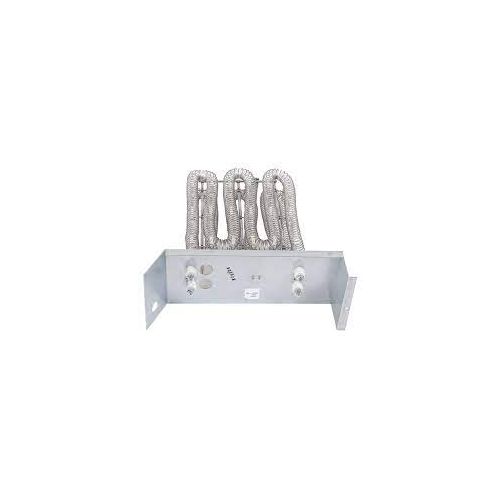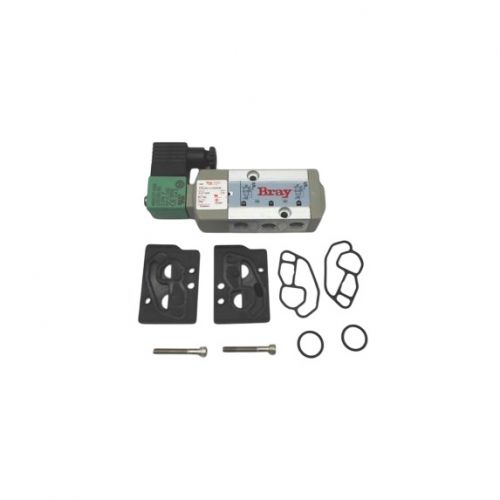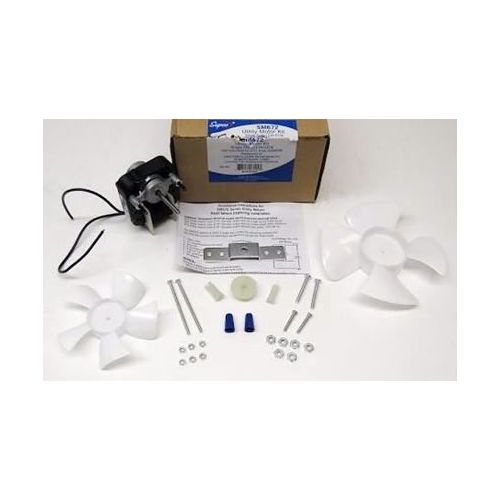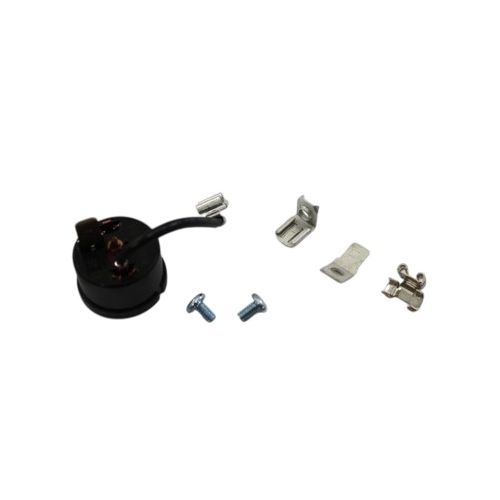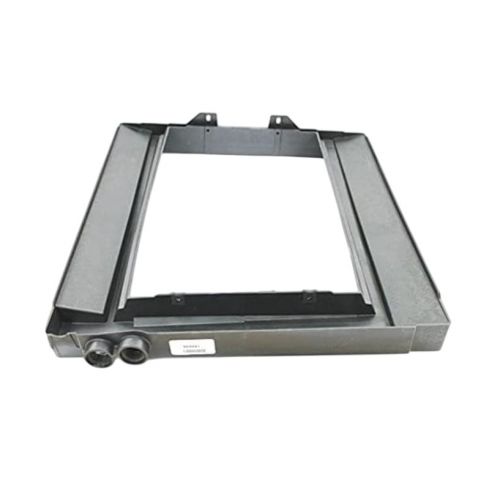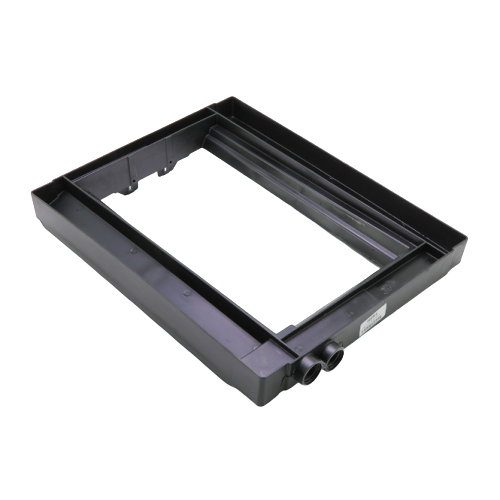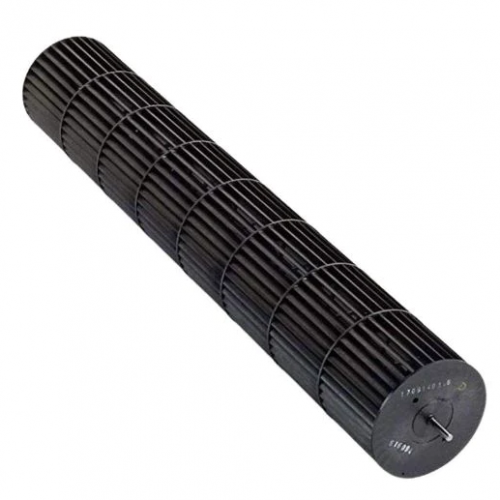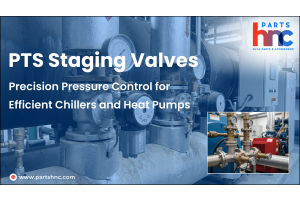What is a Heat Exchanger- Everything you need to know
Many homeowners are unaware of what is a heat exchanger, or even what it is for that matter before something goes wrong. It's simple to overlook the fact that the heat exchanger is the furnace’s greatest component when it's operating efficiently. The most well-known manufacturers of heat exchangers that are efficient, reliable, and cost-effective are Trane, Carrier, and Rheem.
Heat exchangers experience wear and tear over time, just like all other man-made objects, which can lead to cracks or holes appearing. This can lead to a furnace that burns fuel insufficiently and emits unsafe quantities of carbon monoxide (CO), which could be dangerous. If carbon monoxide enters your home through inadequate venting or leaks in the heat exchange, it can result in critical sickness or even death.
Now that you know whats a heat exchanger is, there are many different types of heat exchangers. Their purpose is to safely transfer heat, and they can be mostly found in furnaces. Let us take a look at the different types of heat exchangers.
Table of Contents
How does heat exchanger work?
Here's how does a heat exchanger work: Heat is transferred from one location to another via metal tubes and shells known as heat exchangers. Flue gas sometimes referred to as exhaust or combustion byproducts enters and passes through the heat exchanger when natural gas or propane is burned in a furnace. As the gas travels to the furnace's exhaust exit, the hot flue gas warms the metal. Then, what does a heat exchanger do? The air moving over the heat exchanger's exterior is heated by the hot metal as this is taking place.
What types of heat exchangers are available?
Now that you know how does a heat exchanger work, let us find out whata re the different types of heat exchangers in HVAC system.
A furnace heat exchanger comes in a variety of shapes and sizes. Shell and tube heat exchangers, finned tube heat exchangers, and plate-type heat exchangers are the three most common heat exchanger types.
Plate and frame heat exchanger
Fluids are passed via a number of side-by-side plates that are compacted in plate heat exchangers, also known as gasket plate heat exchangers. A plate and frame heat exchanger works similarly to a shell and tube heat exchanger, but instead of tubes, it uses stacked plates. Based on the application and fluids being used, plate heat exchangers are often brazed or gasketed.
When to choose a plate and frame heat exchanger?
Plate heat exchangers are the most frequently used heat exchanger types in liquid-to-liquid applications, such as the heating of cold mains water to produce clean hot water from hot process water that contains chemicals or impurities.
Plate heat exchangers or gasket plate heat exchangers are useful in district heating systems because they let individual homes consume the right amount of hot water from a centralized supply. Where the two liquids cannot combine, plate heat exchangers can also be used to cool oils using water.
Shell and tube heat exchanger
The basic shell-and-tube principle involves passing product via a group of parallel tubes while heating fluid circulates in and around the tubes.
The fluid flowing inside the tubes is referred to as tube-side fluid, and the fluid flowing on the tubes' exterior is referred to as shell-side fluid. Tube sheets divide the fluid on the tube from the fluid on the shell.
In situations where the two fluids flow at different pressures, the higher-pressure fluid typically runs via tubes while the lower-pressure fluid flows on the shell side.
When to choose a shell and tube heat exchanger?
The shell-and-tube design is an excellent option for fluids that contain particles, as it allows for wider clearances between shell-and-tubes than between plates in plate heat exchangers.
It is possible for shell-and-tube heat exchangers to transfer heat under higher pressure than some other types of designs because they include a big pressure vessel shell with tube bundles inside.
A further benefit of shell-and-tube designs is a decreased risk of equipment fouling caused by the fluids being processed.
Finned tube heat exchanger or air cooled heat exchanger
When using an air cooled heat exchanger (ACHE), cooler, or dryer, a liquid is pumped into a network of tubes while gas or air is pumped around or over the pipes to chill the fluid.
Finned tube heat exchangers, ACHEs, coolers, and dryers may occasionally be housed in ductwork or they may be completely exposed to the air flowing over them. The enlarged surface of these units—the fins—that protrude into the air/gas flow and enhance the structure's capacity for heat transfer is what gives them their efficiency.
When to choose an air cooled heat exchanger?
For recovering heat from exhaust gasses, finned tube heat exchangers are commonly used. The heat in the gas is transferred into a liquid, typically water or thermal oil. The heated liquid can then be used in a situation where it would typically require more energy to heat it up.
ACHEs are excellent for chemical applications, petrochemical cooling, steam cooling, textile processing, grain drying, concrete curing, paper manufacturing, and food processing. ACHEs have a very wide range of applications because air is the most often utilized process fluid worldwide.
Know more about What Is Heat Exchanger In HVAC?
How do i choose a heat exchanger?
A furnace heat exchanger from well-known brands like International Comfort Products, Amana Goodman, Rheem, Carrier, Weil-Mclain, etc are available at PartsHnC. Our heat exchangers are designed to suit a range of requirements ensuring that you get the right product for your HVAC system. We provide parts and accessories for your heating, ventilation, and air conditioning (HVAC) systems from well-reputed manufacturers that are 100% reliable and cost-effective.
How does heat exchanger efficiency differ?
As we know, heat exchangers are used to provide heating and cooling for industrial and commercial processes. The capacity ratio is the quantity of heat that a heat exchanger transfers in one hour. In order to maximize efficiency, a heat exchanger should be designed for the capacity ratio that maximizes efficiency. The impact on heat exchanger efficiency increases as the capacity ratio for the counterflow heat exchanger rises, whereas it decreases as the capacity ratio for the flow heat exchanger rises.
Know more about Rheem Power Vent Water Heater Troubleshooting Guide
How to prevent fouling in heat exchanger?
How does fouling in a heat exchanger occur? It is caused by deposits of undesirable materials such as bacteria, minerals, or other contaminants on heat transfer surfaces. As a result of this accumulation of materials, heat transfer resistance increases, resulting in poor performance.
For your heat exchanger to last a long time, operate effectively, and be cost-effective, it must be kept clean of fouling. Here are some suggestions for lowering fouling in heat exchangers:
1. Increase energy consumption
The greater turbulence that results from increasing energy consumption could prevent impurities in the feedwater from having a chance to settle if your heat exchanger is operating at peak efficiency.
2. Control materials resulting in buildup
If you have a choice in the water your heat exchanger uses, try to use softer water that has less contaminants. You can also try to filter out pollutants, such as microbiological ones.
3. Pick study materials
Fouling can be decreased by using resistant materials for your heat exchanger. When given the choice, you should often pick for materials that are hygienic, strong, long-lasting, and have the necessary thermal properties for efficient heat transfer.
4 .Implement coatings
Applying protective coatings to the surfaces of your heat exchangers can stop foulants from adhering and adsorbing to them, which will lessen fouling.
5. Carry out routine cleaning
heat exchanger maintenance can keep the machinery functioning effectively by removing fouling. In order to enhance performance and save operating costs, it is especially important to clean scales from heat exchangers.
Heat exchanger cleaning
The best approach to extend the efficiency and durability of your furnace heat exchanger is routine cleaning. It ensures that the equipment will continue to function and lowers the possibility of urgent repairs. heat exchange surfaces are kept clean by removing accumulated debris.
Why should heat exchangers be cleaned?
It is important to understand why heat exchangers should be cleaned before we start cleaning them. Fouling has a substantial effect on the effectiveness of your process as a whole. Regular heat exchanger cleaning can help prevent the following problems:
- Increased maintenance to get rid of thick fouling deposits
- Repairing or replacing damaged parts and equipment.
- More Co2 being produced
- Close-downs and downtime
How to clean furnace heat exchanger?
Firstly let us find out, when should a heat exchanger be cleaned? Your heat exchangers will continue to run as efficiently as possible with routine cleaning. However, choosing which heat exchanger to clean and when presents a challenge all on its own. The advantages and productivity loss from downtime must be weighed in a balanced manner.
Then, how can you identify the heat exchanger that needs cleaning? The severity and frequency of fouling are primarily influenced by three factors.
Heat of the fluid
At increasing water temperatures, minerals like salt form larger deposits on heat transfer surfaces. Additionally, the circumstances for biological growth are improved when the water is warmer.
Rate of flow
At lower flow rates, fouling usually gets worse. When the flow rate is increased, the fluid velocity will aid in deposit removal at the price of the effectiveness of the heat exchange.
Fluid design
A fluid's chemical makeup, which can include fats, proteins, minerals, and carbohydrates, directly influences the type of build-up.
Know more about Lennox Thermostat Troubleshooting Guide
How can you identify the heat exchanger that needs cleaning?
A heat exchanger can be cleaned in a number of methods, depending on the level of fouling. Here are steps to be followed while cleaning furnace heat exchanger:
The severity and frequency of fouling are primarily influenced by three factors.
Off-Site cleaning- When a heat exchanger has experienced significant fouling and needs to be fully submerged in cleaning solutions, off-site cleaning is used.
Taken to a facility off-site, the heat exchanger is lowered into a bath of cleaning solution. The heat exchanger rotates mechanically while being exposed to pressured cleaning fluid jets. Cleaning solution is also pushed into the inner system, agitating and loosening any fouling and debris that may be present.
On-site cleaning- heat exchangers that have not seen severe fouling are best suited for on-site cleaning. The cleaning specialists will remove any organic and fouling debris from the system by dislodging it with a variety of chemical solutions. Any chemicals used will be properly gathered and disposed of according to ecologically sound practices.
Frequency of cleaning- Once a heat exchanger is identified as being inefficient, reactive maintenance can be carried out. The following are some common symptoms of underperformance:
- Mismatched operating temperatures
- Lower flow rates
- Higher circulatory pump power requirements
- Decreased exchange efficiency overall
PartsHnC is your one-stop shop for all your HVAC parts and accessories. We carry a wide variety of HVAC parts from well-known manufacturers, making us the best choice for all your needs.
FAQs
How much does a heat exchanger cost?
The cost of a heat exchanger can vary widely depending on factors such as size, material, and type, but a rough estimate might range from $500 to $5,000 or more.
What does a heat exchanger look like?
A heat exchanger typically looks like a network of pipes, coils, or plates designed to transfer heat between two fluids without them coming into direct contact.
How to prevent fouling in heat exchangers?
To prevent fouling in heat exchangers, regular cleaning and maintenance are essential, and using appropriate filters or chemical treatments can help mitigate the buildup of deposits.
Where is the heat exchanger located on a furnace?
The heat exchanger in a furnace is usually located near the combustion chamber, where it absorbs heat from burning fuel and transfers it to the air or water circulating through the heating system.



